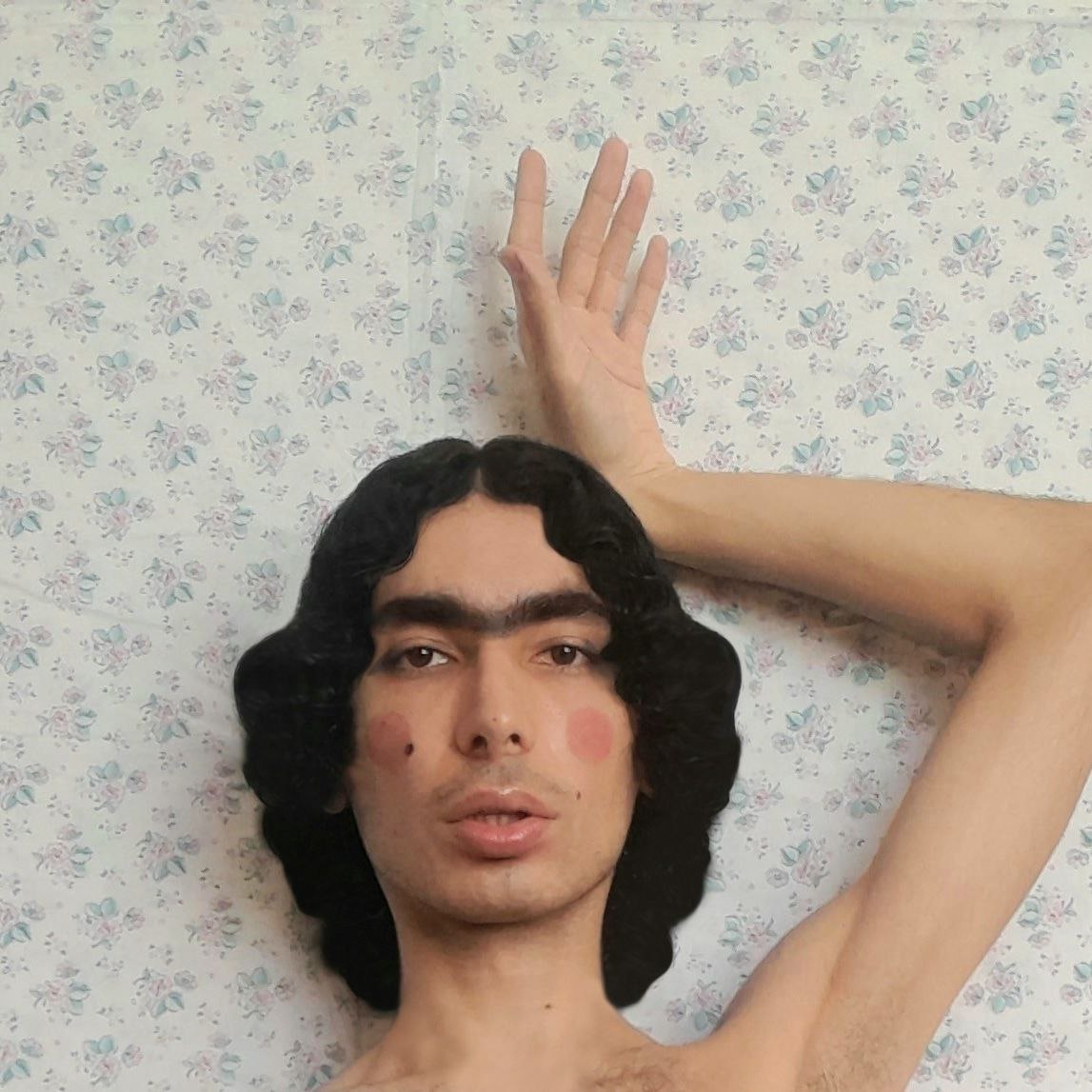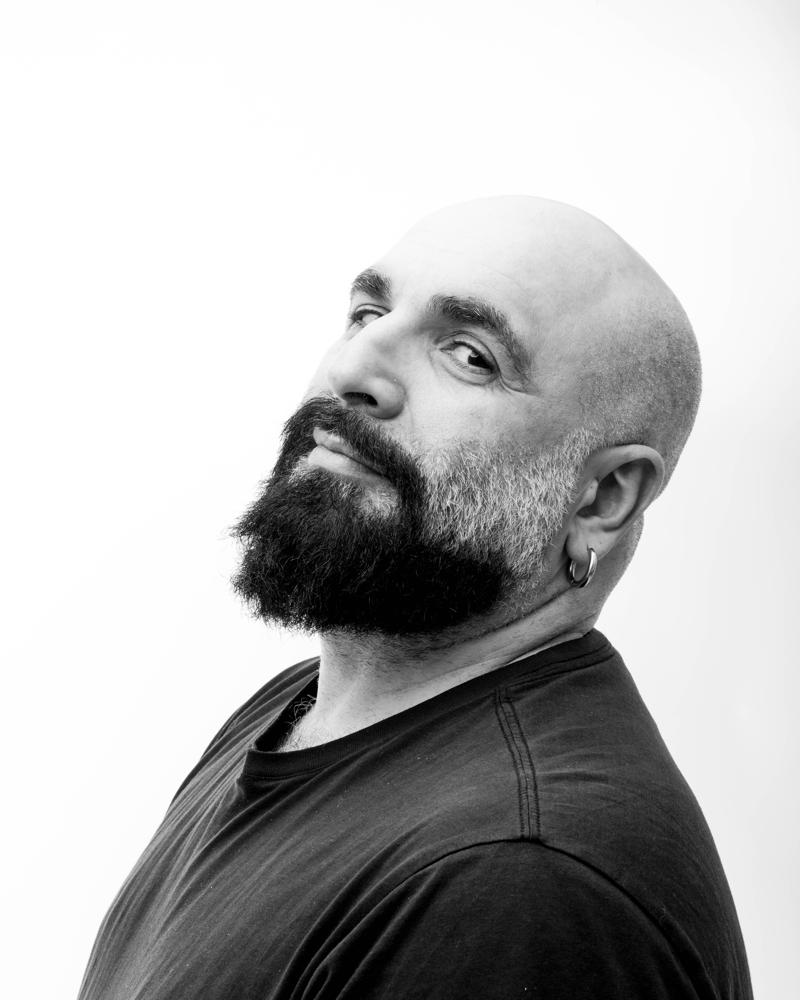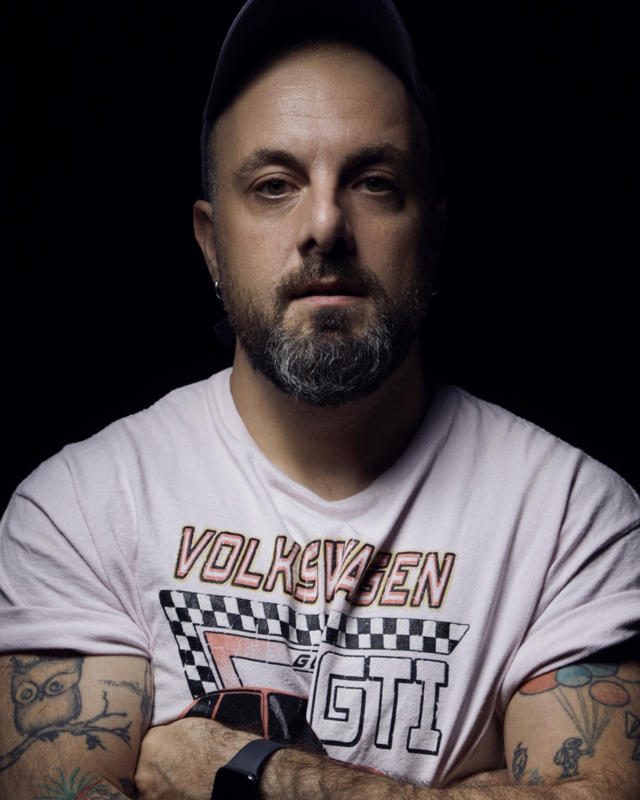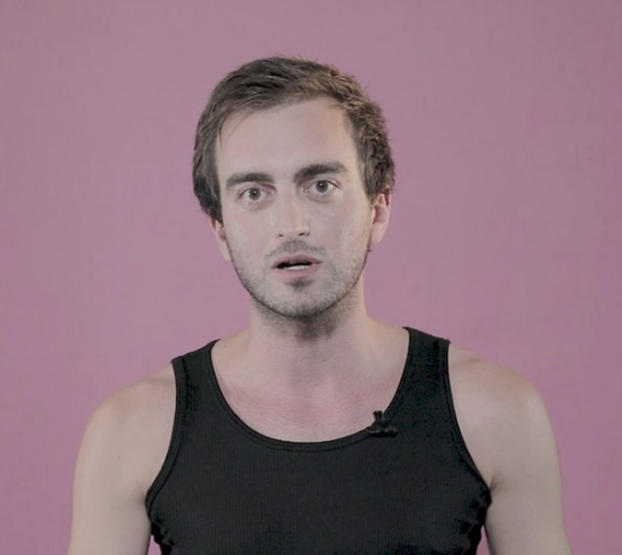![]()
From February 17 to 20, 2024
Artistic Intervention in the Mies van der Rohe Pavilion, Barcelona
Together with other European partner organizations, the Mies van der Rohe Foundation has invited the CYNETART platform for an artistic intervention in the Barcelona Pavilion.
»Queer deities in migration« is a performance and an installation that transcends the boundaries of performance art, immersing audiences in a transformative experience that weaves together queer narratives, ancient deities, and the contemporary struggles of displaced artists. Uta Bekaia and Dato Koridze invite spectators on a journey into the realms of memory, resilience, and the intersectionality of queer identity.
It explores forgotten queer deities, once intimately entwined with the rich tapestry of nature, man made structures, and local folklore. Before being confined to the pages of singular religious texts, these deities were guardians of diverse cultural memories, their essence echoing through the architecture of landscapes.
This performance unfolds together with an Azerbaijani artist Pari Banu Asgar becoming a living embodiment of a goddess within the iconic Barcelona Pavilion. The Pavilion, a masterpiece of modern architecture, serves as a captivating backdrop where personal memories, cultural heritage, and the impact of contemporary structures converge. Banu’s ritualistic act is blurring the lines between the sacred and the mundane.
The performance is an endeavor to revive the forgotten goddess of fertility, healing, and wisdom. It aims to recreate a ritual with a queer and contemporary perspective, celebrating the plasticity of water, its capacity for information absorption, and its inherent flexibility.
The ritualistic costume, reimagined and redesigned, incorporates symbols of transformation and rebirth. In pristine white, it serves as a foundation for the ongoing process of constant transformation.
Organisation: Trans-Media-Akademie Hellerau
Artists: Uta Bekaia (costume design), Dato Koridze (video work)
Performer: Pari Banu Asgar
Curator: Giorgi Rodionov
Coordination: Thomas Dumke
Co-production with Fundació Mies van der Rohe


Pari Banu Asgar is a visual and performance artist originally from Baku, Azerbaijan. Identifying as a transgender artist, she weaves imagery culled from photo archives, art history, film stills, hagiographic icons, and personal photographs to explore themes of identity and gender, as well as tenderness and violence. She has been part of multiple art festivals, exhibitions, shows, publications, etc. Now Banu is based in Spain as she had to leave her own homeland due to the daily threats to her freedom and in most cases even life because of her gender identity.[ @an_wallflower ]
 Uta Bekaia is a Georgian-born multimedia artist currently based in Brooklyn and Tbilisi. His artistic practice revolves around the speculative recreation of ancestral rituals, reimagined for a Queer utopian future. Drawing inspiration from traditional crafts, Bekaia creates elaborate wearable sculptures, ceramics, tapestries, and objects, which are assembled into immersive installations, films, and live performances. Bekaia pursued his education in Industrial Design at Tbilisi Mtsire Academy. Throughout his career, he has received prestigious residencies at ART OMI, Museum of Art and Design (MAD) in New York, and Garikula in Georgia. His works have been exhibited at notable venues including the Window Project in Tbilisi, SchauFenster in Berlin, Museum of Modern Art in Tbilisi, Biennial in Istanbul and Kyiv, ERTI Gallery in Tbilisi, Silk Museum in Tbilisi, The Lodge Gallery in New York, Marisa Newman project in New York and the Center for Contemporary Art in Batumi, among others. [ https://utabekaia.com ]
Uta Bekaia is a Georgian-born multimedia artist currently based in Brooklyn and Tbilisi. His artistic practice revolves around the speculative recreation of ancestral rituals, reimagined for a Queer utopian future. Drawing inspiration from traditional crafts, Bekaia creates elaborate wearable sculptures, ceramics, tapestries, and objects, which are assembled into immersive installations, films, and live performances. Bekaia pursued his education in Industrial Design at Tbilisi Mtsire Academy. Throughout his career, he has received prestigious residencies at ART OMI, Museum of Art and Design (MAD) in New York, and Garikula in Georgia. His works have been exhibited at notable venues including the Window Project in Tbilisi, SchauFenster in Berlin, Museum of Modern Art in Tbilisi, Biennial in Istanbul and Kyiv, ERTI Gallery in Tbilisi, Silk Museum in Tbilisi, The Lodge Gallery in New York, Marisa Newman project in New York and the Center for Contemporary Art in Batumi, among others. [ https://utabekaia.com ]
 Dato Koridze is a Tbilisi based artist. He is the author of a number of projects talking about social inequality, minority rights or communities' approach to different suppressive topics. He is also a winner of many international festivals. Dato Koridze’s photo projects appeared in different world’s influential publishings. For now he is a part of the team of Radio Free Europe, Radio Liberty’s Tbilisi office. He continues working on his personal projects. [ https://datokoridze.com ]
Dato Koridze is a Tbilisi based artist. He is the author of a number of projects talking about social inequality, minority rights or communities' approach to different suppressive topics. He is also a winner of many international festivals. Dato Koridze’s photo projects appeared in different world’s influential publishings. For now he is a part of the team of Radio Free Europe, Radio Liberty’s Tbilisi office. He continues working on his personal projects. [ https://datokoridze.com ]
 Giorgi Rodionov is an artist and a curator. Having grown up in a post-Soviet country his interest in social structures and identities grew a lot. Most of Giorgi’s works are based on his researches that are later transformed into curatorial work, installation, performance, participator art, book or other different mediums.
Giorgi Rodionov is an artist and a curator. Having grown up in a post-Soviet country his interest in social structures and identities grew a lot. Most of Giorgi’s works are based on his researches that are later transformed into curatorial work, installation, performance, participator art, book or other different mediums.
In early 2019, Giorgi established an art space Untitled Tbilisi, that aims to bring artists from the South Caucasus together to use art as one of the main tools for promoting human rights and social justice in the region.
He is also the member of »90x collective« that unites four artists from Georgia rethinking about the changes Georgia went through and still is going through after the collapse of the Soviet Union. [ www.giorgirodionov.com ]